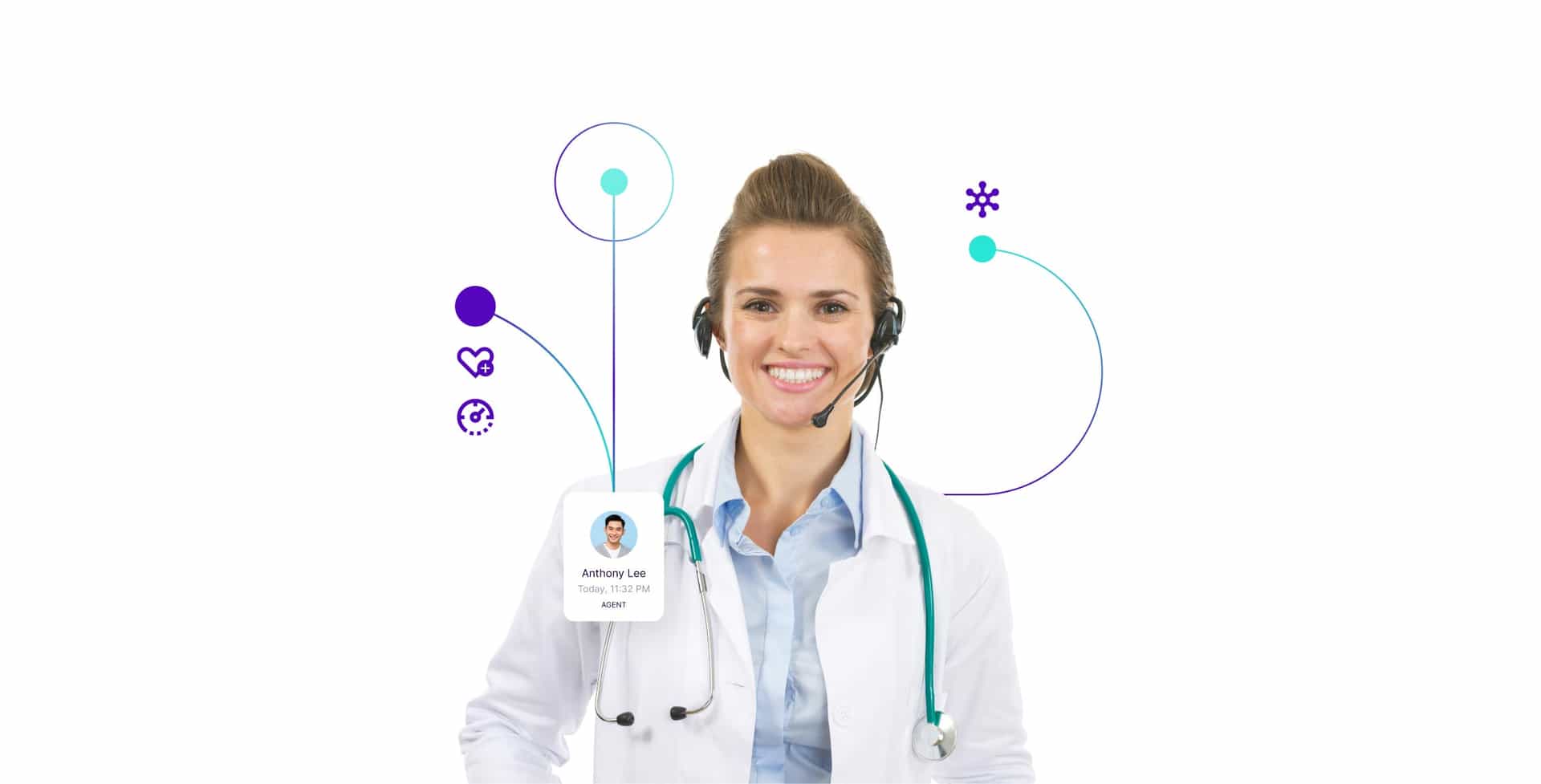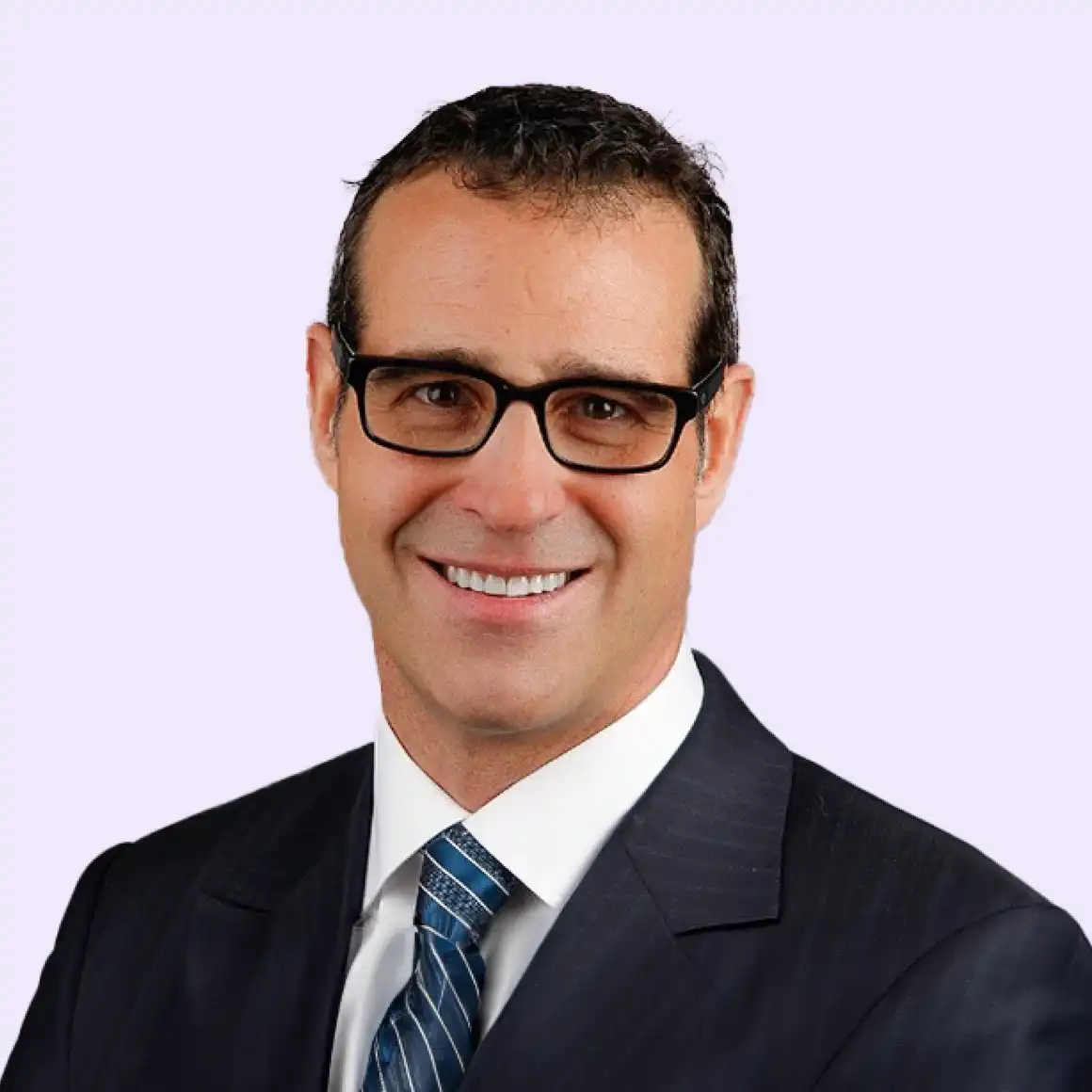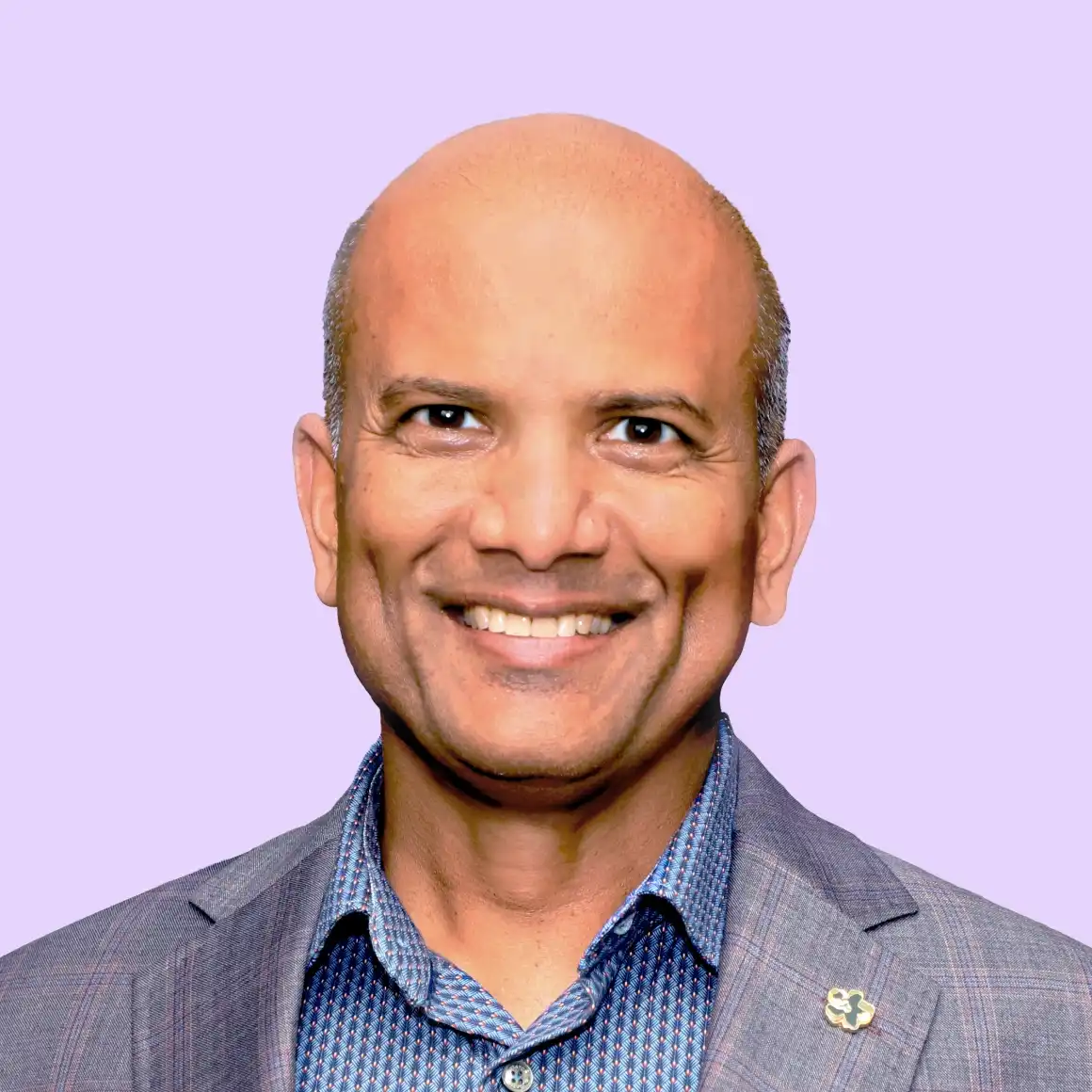Improving the patient experience: How to offer more consumer-centric care

By Abdul Rastagar
0 min read

The patient experience is undergoing a profound change. Healthcare consumers today have new and more demanding expectations, forged by Amazon and Uber-like experiences where digital comes first.
The result is a greater demand for alternative ways of receiving care, with 77% of patients preferring home and virtual care over in-person visits to hospitals and clinics. While this preference was already emerging, it has been rapidly accelerated by COVID-19. In fact, 70% of in-person visits were canceled earlier this year during the pandemic, while the portion of Americans who received telecare went from 1/10 at the beginning of the year to 1/2 in June. This trend is repeating itself as the virus is now re-emerging, forcing providers to defer elective procedures once again.
HCOs must become more consumer oriented.
In the wake of COVID-19, providing patient-centered care and a more consumer-like patient experience is critical for HCOs.
However, 96% percent of patient complaints are related to customer service and administrative issues, while only 4% are about the quality of clinical care or misdiagnoses. Since the healthcare call center is the main entry door for patient access, it is critical to the patient experience. That’s why providers need to ensure that they offer a positive experience right at the beginning of the care journey.
Today’s healthcare consumers will be tricky to retain if you do not meet their newly forged expectations. Hospitals and providers have lost such a large share of their revenue in recent months due to deferred care that they can’t afford to lose any more revenue due to avoidable patient leakage.
But how can you improve the patient experience and offer more consumer-centric care?
Great patient experience is all about personalization.
Personalization begins with informed agents. When a patient calls, the agent should know who they are, what they are calling about, who their doctor is and where that patient prefers to get care. To achieve this and improve the patient experience, you need to bring together historically disjointed systems, including the healthcare call center, CRM, EHR and various other kinds of clinical and administrative systems. This will provide agents with an instant view of all relevant information, allowing them to focus on the patient rather than searching through various tools.
From an operational perspective, personalization will drive down important call center metrics like average handle times (AHT). But more importantly, it will lead to more satisfied, loyal patients. It will also give providers the opportunity to offer additional healthcare-related services, improving clinical outcomes while also increasing the patient’s lifetime value to the organization.
A personalized patient access center that encourages and facilitates access to care should:
- Facilitate access to care. This requires systems and processes that proactively encourage patients to seek the care they need. This could include possibilities such as offering online self-scheduling, coordinated appointment reminders and pre-registration work, automatic follow-ups on missed appointments, post-care follow up, etc.
- Offer additional healthcare services. Contact centers can drive significant value for both the patient and the organization by offering services the patient hadn’t previously considered or wasn’t even aware they needed. For instance, AI-powered sentiment analysis might trigger a recommendation for mental health counseling if it detects particular keywords or high stress levels in a patient. This information could be routed to a provider who can make a determination and follow up with the individual.
- Provide workforce engagement management software driven by real-time data for remote employees and hybrid-remote situations. Supervisors are able to monitor and coach agents in real-time and will also get immediate access to analytics. As you’re looking for personalized patient experiences, you can no longer afford to get your insights in monthly batches, two to four weeks after a call or in patient interaction sets.
- Implement a cloud-native contact center technology platform that is easy to use and requires minimum training, resulting in fast adoption.
- Integrate with clinical and administrative systems. Technology that is deeply integrated with EHR, CRM, billing and claims, scheduling and much more. These integrations will provide your healthcare contact center agents with information available as soon as calls come in so they can address them in the context and know what issue the patient is calling about.
- Deliver omnichannel contact center capabilities. There are two types of patient populations — those who prefer to call over the phone and those who favor digital channels. To provide service in the communication channel the patient prefers, your call center should incorporate omnichannel capabilities. This should include outbound features, allowing you to send appointment and missed-appointment reminders in the patient’s preferred channel and post-care follow-ups to make sure patients come in to get the care they need.
- Offer intelligent chatbots that can address common issues, freeing up your agents to focus on high-value, personalized discussions. By leveraging the power of conversational AI, patients no longer have to spend their time waiting on hold just to get an answer to relatively straightforward questions.
From providing a better patient experience to reducing missed care, Talkdesk can help you reimagine the healthcare contact center. Learn more about how we deployed our award-winning cloud contact center at a Fortune 100 healthcare organization in just five days to help them ensure care continuity.

CHECKLIST
Managing Security in the Healthcare and Life Sciences World
Designed to help leaders in IT, security and contact center operations:
-
Evaluate their current state of security
-
Understand HIPAA, GDPR, CMS and other compliance requirements
-
Consider where to make strategic improvements








